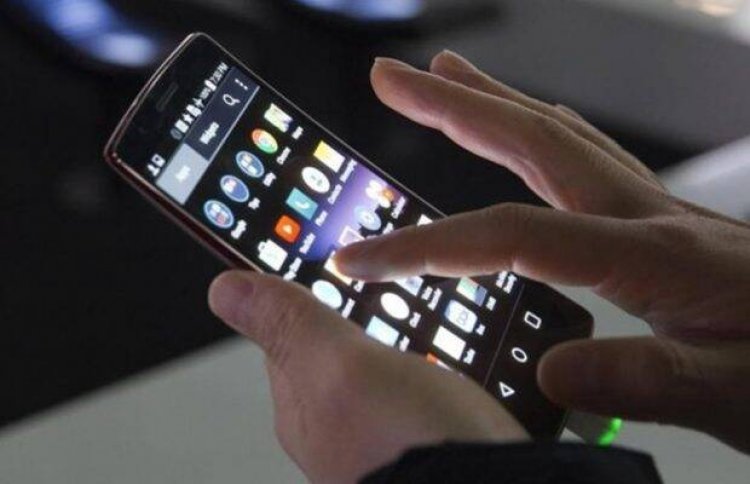Grey market: Rules in the offing to check mobile theft
Earlier, the DoT had asked mobile operators not to offer services to handsets with duplicate or tampered IMEIs, but it is difficult for operators to identify such devices.

To check the grey market of mobile handsets, the department of telecommunications (DoT) is considering framing rules that will ensure that a device becomes unusable in the telecom network in case of any tampering with the mobile device equipment identification number (IMEI).
According to sources, the DoT has prepared the draft of “the assignment of the unique Mobile Device Equipment Identification Number, Rules, 2021” and has sought feedback from mobile handset manufacturers. The primary reason behind the move is to check trade in the grey market, as there have been numerous instances when stolen or snatched phones are sold after tampering with the IMEI. Further, cloning of IMEI has become very common, which creates security and financial risks.
Currently, most high-end phones by Apple, Samsung and others have software that makes a device unusable in case of any tampering with IMEI. But the government wants all devices to have such software.
According to the draft rules, the handset manufacturer shall implant the unique mobile device equipment identification number to a mobile device in such a way that unlawful tampering of the number shall render the device unusable in the telecom network. The rules will be applicable on all handsets manufactured in India and those imported for sale.
Over the past few years, the DoT has been trying to curb the issue of fake or tampered IMEI in mobile handsets. In 2017, tampering of IMEI was made a punishable offence with a jail term of up to three years. The IMEI is a unique 15-digit serial number of a mobile handset, with which the device can be tracked even if the SIM card has been changed. IMEI of most stolen phones are tampered with to avoid being tracked.
Earlier, the DoT had asked mobile operators not to offer services to handsets with duplicate or tampered IMEIs, but it is difficult for operators to identify such devices.







